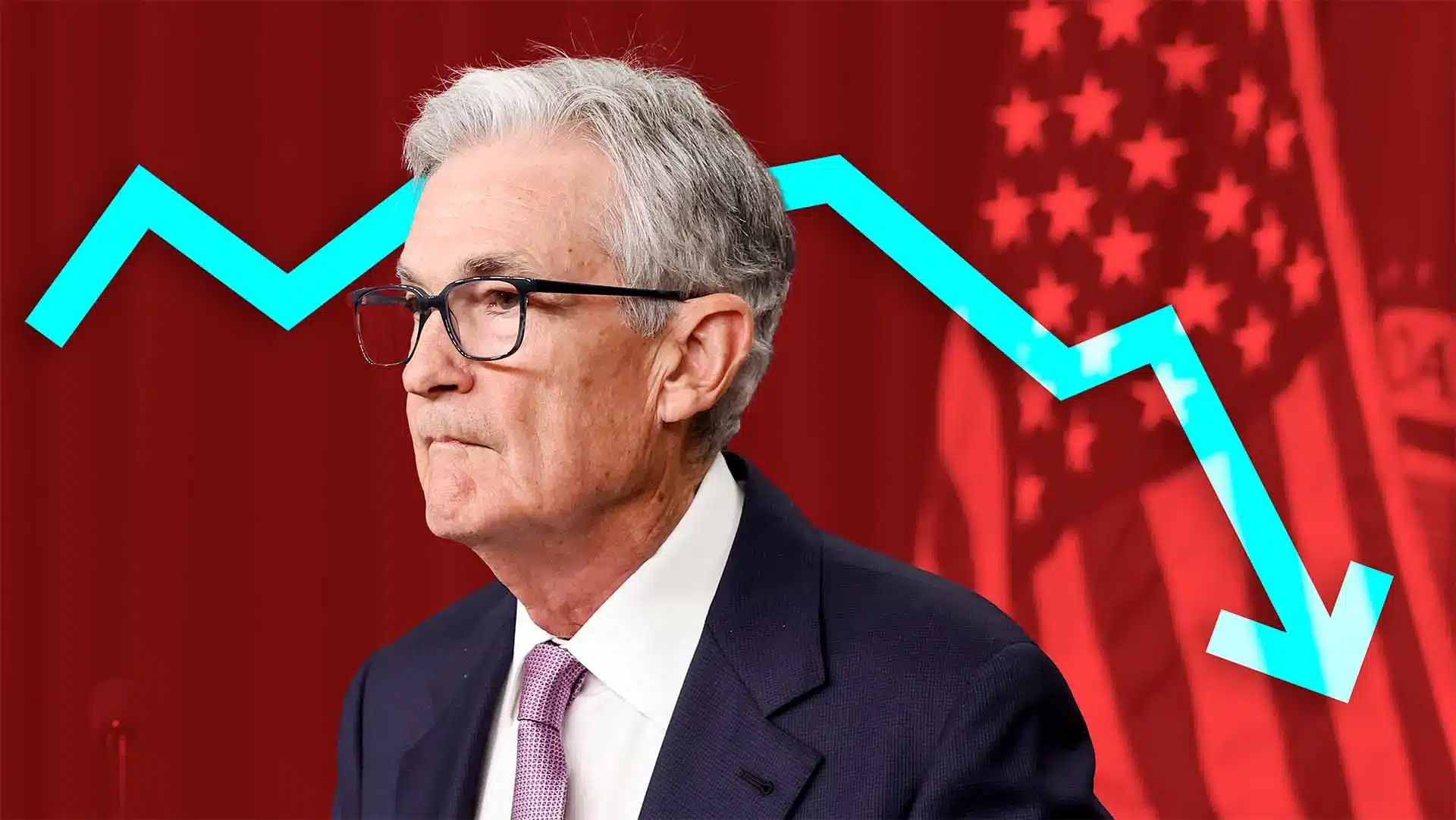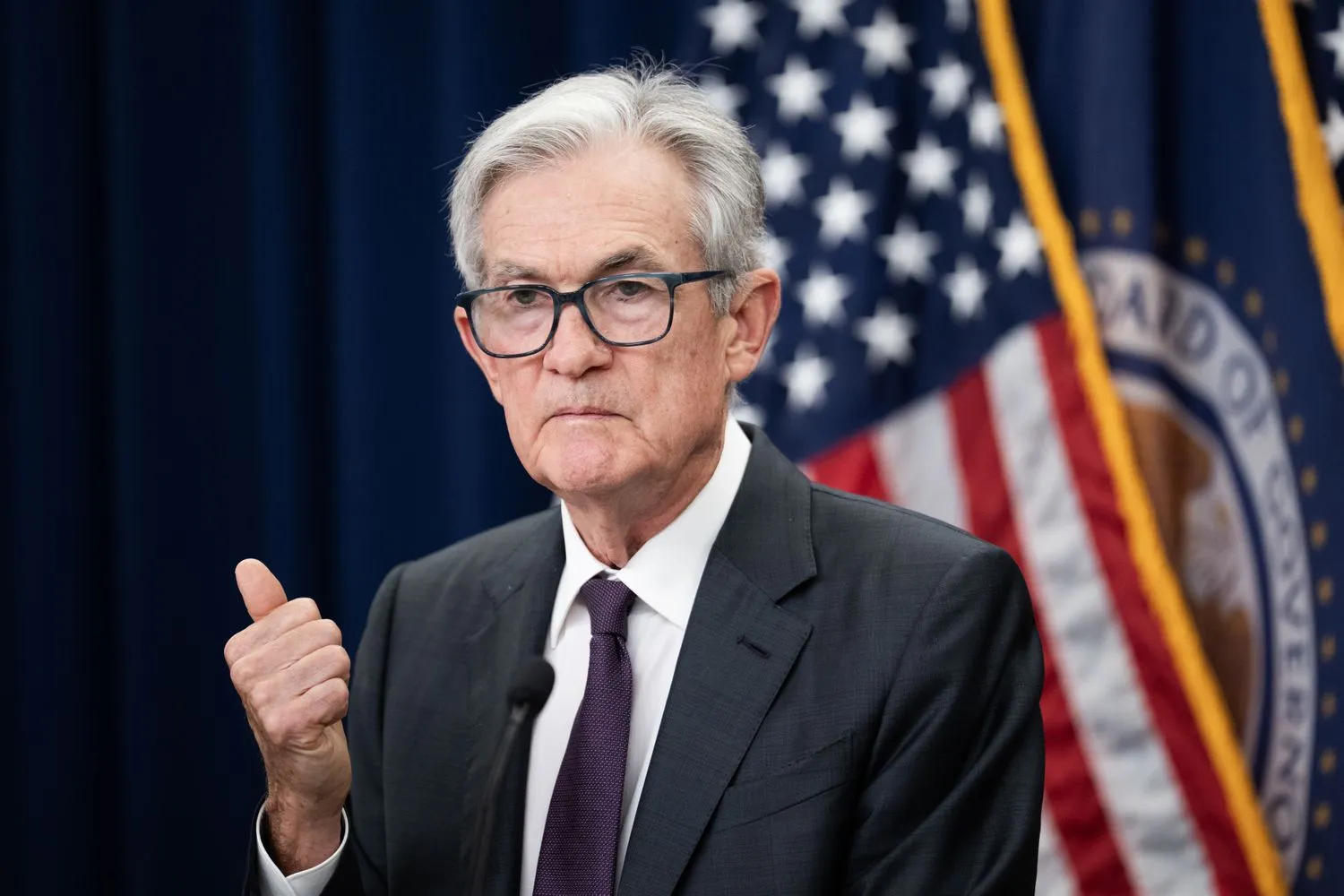The Federal Reserve announced a quarter-point reduction in interest rates on Thursday, lowering the benchmark rate to a target range of 4.50% to 4.75%. This decision reflects policymakers’ view of a U.S. labor market that is beginning to show signs of cooling, alongside inflation edging closer to the Fed’s long-standing 2% target.
Following a two-day policy meeting, the Fed’s rate-setting body, the Federal Open Market Committee (FOMC), released a statement underscoring that “economic activity has continued to expand at a solid pace,” and that while the unemployment rate remains low, labor market conditions have “generally eased.” This phrasing reflects the Fed’s nuanced approach to balancing economic growth with price stability.
The rate cut marks the Fed’s second such reduction in 2024 as the central bank attempts to sustain momentum in an economy that has shown resilience amidst shifting domestic and international pressures. With President-elect Donald Trump set to assume office in January, financial markets are bracing for the potential economic impact of his proposed policy shifts.
Interest Rate Cuts in Context: A Strategic Easing
The Fed’s quarter-point cut continues a trend of rate adjustments aimed at sustaining economic growth while keeping inflation manageable. Although inflation has moderated in recent months, policymakers remain vigilant about potential economic disruptions. By adjusting the benchmark rate, the Fed seeks to fine-tune lending conditions to encourage borrowing and investment, particularly as global economic uncertainty looms.
Fed Chair Jerome Powell, speaking in his afternoon press conference, explained that the central bank’s decision reflected a “measured approach” to monetary easing. Powell noted, “We are mindful of the effects of global headwinds and have aimed our adjustments at supporting sustainable economic growth. The easing labor market and controlled inflation allow us to respond proactively without stoking excessive inflationary pressures.”
Powell’s remarks signal that the Fed sees room to maneuver with rate adjustments as it monitors economic indicators, particularly those tied to wage growth and consumer spending, which are critical to sustaining demand in the U.S. economy.
Labor Market “Generally Eased”: A Tipping Point?
The Fed’s assessment of labor market conditions marks a notable shift from recent language, where it acknowledged that monthly job gains had been “slowing.” Now, the Fed’s reference to a labor market that has “generally eased” suggests that pressures may be lifting, particularly regarding tightness in hiring and wage growth. Economists interpret this easing as a sign that the labor market is reaching a point of stability, which could support the Fed’s ongoing inflation control measures.
Despite the relatively stable job market, some sectors have shown higher-than-average job cuts, reflecting sector-specific challenges. For instance, technology and finance companies, which saw substantial hiring increases over the last few years, have faced significant layoffs as they adapt to post-pandemic demand levels. Conversely, industries such as healthcare and manufacturing continue to see demand for skilled labor, partly offsetting job cuts in other areas.
Inflation: Progress Towards the Target
The Fed’s latest statement on inflation highlighted “made progress” toward its target, rather than “made further progress,” which was used in previous meetings. This slight adjustment signals the Fed’s belief that while inflation is heading in the desired direction, vigilance is warranted. The U.S. personal consumption expenditures (PCE) price index, the Fed’s preferred inflation gauge, shows inflation hovering around a 2.6% annual rate. This figure is above the Fed’s target but manageable within its policy framework.
The moderation of inflation can be partly attributed to improved supply chains, lower energy prices, and tempered consumer demand, factors that align with the Fed’s goals. However, with fluctuating oil prices and rising housing costs still posing risks, the Fed must tread carefully to avoid reigniting inflationary pressures.
Impact of Trump’s Election Victory on Monetary Policy
The Fed’s announcement comes amid fresh political developments as President-elect Donald Trump prepares to return to the White House. Trump’s policy agenda includes trade tariffs, tax cuts, and immigration restrictions—each of which could have substantial effects on inflation and labor market dynamics.
Trump’s proposals for substantial tax cuts, specifically on corporations and capital gains, could increase disposable income and, in turn, spur demand. At the same time, new tariffs on imports and restrictions on immigration could tighten the labor supply and raise the cost of goods, both of which could counteract the Fed’s inflation-mitigation efforts.
Historically, Trump has had a contentious relationship with the Fed. During his first term, he criticized Chair Powell over interest rate policies, pushing for deeper cuts to stimulate the economy. It remains to be seen whether Trump’s return will impact the Fed’s independence, but the central bank is likely to remain cautious in its rate-setting approach, focusing on data-driven metrics rather than political pressures.
Market Reactions and Economic Implications
The rate cut was widely anticipated by financial markets, and investors have already priced in a continuation of Powell’s cautious monetary policy strategy. However, Trump’s return has prompted markets to reassess the Fed’s policy trajectory. Some analysts predict that the Fed may have to halt or even reverse rate cuts in 2025 if Trump’s fiscal policies drive up demand too aggressively.
Market analysts have also noted that Trump’s trade tariffs could introduce significant inflationary risks. By increasing the cost of imports, tariffs can lead to higher prices for consumer goods, which in turn pressures the Fed to either stabilize rates or tighten monetary policy, contradicting Trump’s push for lower rates to support growth.
The Fed’s Path Forward: Balancing Risks
As Powell prepares to navigate the economic uncertainties of a Trump presidency, the Fed faces the complex task of balancing potential demand increases with inflation control. The Fed’s measured rate cuts and acknowledgment of an easing labor market provide it with leeway, though the specter of unanticipated inflationary pressures persists.
The Fed’s future actions will likely be influenced by several key economic indicators, including:
- Labor Force Participation Rate: Although easing, the participation rate remains crucial in assessing the true strength of the labor market. If Trump’s immigration policies restrict workforce growth, wage inflation could increase.
- Consumer Spending Trends: Continued strength in consumer spending could prompt the Fed to moderate rate cuts, particularly if spending aligns with increased inflation.
- Global Economic Stability: With the U.S. increasingly interconnected with global markets, the Fed must monitor global supply chains and geopolitical risks that could influence domestic price levels.
Powell’s Strategy Amid Economic Uncertainties
Powell’s leadership will be critical as he balances economic growth and inflation, particularly given the policy uncertainties associated with the new administration. Analysts expect Powell to continue emphasizing data dependence, maintaining flexibility in monetary policy adjustments while responding to changes in the economic landscape.
Financial markets are on edge as they await more clarity on Trump’s policy directions. Powell’s next few statements and his focus on transparency will be vital for managing market expectations and maintaining stability.
Conclusion: A New Chapter in U.S. Economic Policy
The Fed’s recent rate cut underscores a cautious yet proactive approach to managing a complex economic environment. The labor market’s gradual easing and moderating inflation signal a resilient economy, yet Trump’s policy agenda may introduce volatility in the coming months.
As the U.S. enters a new phase of economic policy, the Fed’s actions will be pivotal in safeguarding growth and maintaining price stability. The central bank’s commitment to balance the economy’s twin goals of full employment and low inflation will be tested by the dynamics of fiscal policy, global uncertainty, and evolving market reactions.
Ready to take your career to the next level? Join our dynamic courses: ACCA, HESI A2, ATI TEAS 7 and HESI EXIT !🌟 Dive into a world of opportunities and empower yourself for success. Explore more at Serrari Ed and start your exciting journey today! ✨
Photo source: Google
By: Montel Kamau
Serrari Financial Analyst
8th November, 2024
Article, Financial and News Disclaimer
The Value of a Financial Advisor
While this article offers valuable insights, it is essential to recognize that personal finance can be highly complex and unique to each individual. A financial advisor provides professional expertise and personalized guidance to help you make well-informed decisions tailored to your specific circumstances and goals.
Beyond offering knowledge, a financial advisor serves as a trusted partner to help you stay disciplined, avoid common pitfalls, and remain focused on your long-term objectives. Their perspective and experience can complement your own efforts, enhancing your financial well-being and ensuring a more confident approach to managing your finances.
Disclaimer: This article is for informational purposes only and does not constitute financial advice. Readers are encouraged to consult a licensed financial advisor to obtain guidance specific to their financial situation.
Article and News Disclaimer
The information provided on www.serrarigroup.com is for general informational purposes only. While we strive to keep the information up to date and accurate, we make no representations or warranties of any kind, express or implied, about the completeness, accuracy, reliability, suitability, or availability with respect to the website or the information, products, services, or related graphics contained on the website for any purpose. Any reliance you place on such information is therefore strictly at your own risk.
www.serrarigroup.com is not responsible for any errors or omissions, or for the results obtained from the use of this information. All information on the website is provided on an as-is basis, with no guarantee of completeness, accuracy, timeliness, or of the results obtained from the use of this information, and without warranty of any kind, express or implied, including but not limited to warranties of performance, merchantability, and fitness for a particular purpose.
In no event will www.serrarigroup.com be liable to you or anyone else for any decision made or action taken in reliance on the information provided on the website or for any consequential, special, or similar damages, even if advised of the possibility of such damages.
The articles, news, and information presented on www.serrarigroup.com reflect the opinions of the respective authors and contributors and do not necessarily represent the views of the website or its management. Any views or opinions expressed are solely those of the individual authors and do not represent the website's views or opinions as a whole.
The content on www.serrarigroup.com may include links to external websites, which are provided for convenience and informational purposes only. We have no control over the nature, content, and availability of those sites. The inclusion of any links does not necessarily imply a recommendation or endorsement of the views expressed within them.
Every effort is made to keep the website up and running smoothly. However, www.serrarigroup.com takes no responsibility for, and will not be liable for, the website being temporarily unavailable due to technical issues beyond our control.
Please note that laws, regulations, and information can change rapidly, and we advise you to conduct further research and seek professional advice when necessary.
By using www.serrarigroup.com, you agree to this disclaimer and its terms. If you do not agree with this disclaimer, please do not use the website.
www.serrarigroup.com, reserves the right to update, modify, or remove any part of this disclaimer without prior notice. It is your responsibility to review this disclaimer periodically for changes.
Serrari Group 2025












